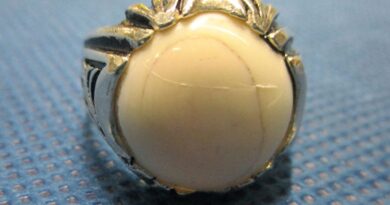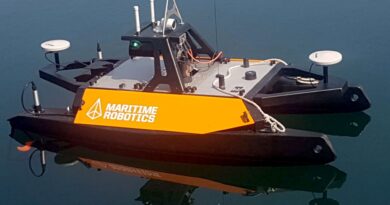NASA Delivers Mars Weather Report Detailing How Changing Seasons On The Red Planet Impact Missions
In this video, NASA details how its experts are able to predict the weather on Mars allowing the Curiosity Rover and Ingenuity Helicopter to carry out their exploration missions.
Seasons change on Mars and this has a profound effect on how missions on the red planet’s surface are carried out, said NASA in a statement yesterday, 15th November.
NASA’s Perseverance and Curiosity rovers provide the scientists at NASA with daily weather reports that provide statistics on humidity, wind speed and temperature on the Martian surface.
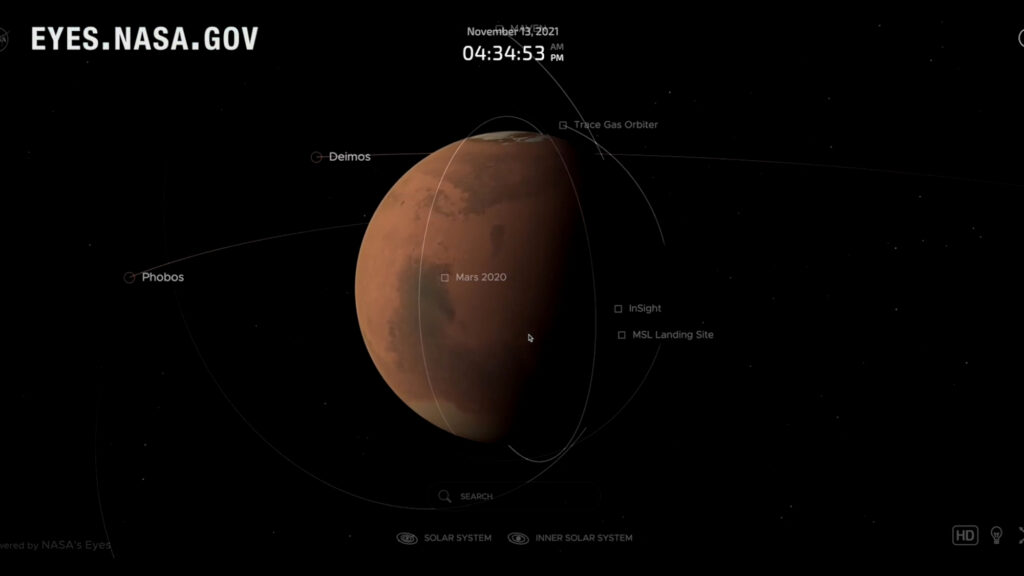
The size and power of storms are monitored by the Odyssey Orbiter, the Mars Reconnaissance Orbiter (MRO) and the, Mars Atmosphere and Volatile EvolutioN (MAVEN).
The Mars Odyssey was launched in 2001 and has since been monitoring radiation on Mars while also looking for signs of water and shallow buried ice.
MRO produces a daily ‘global’ weather map and provides impressively detailed images of the planet’s surface.
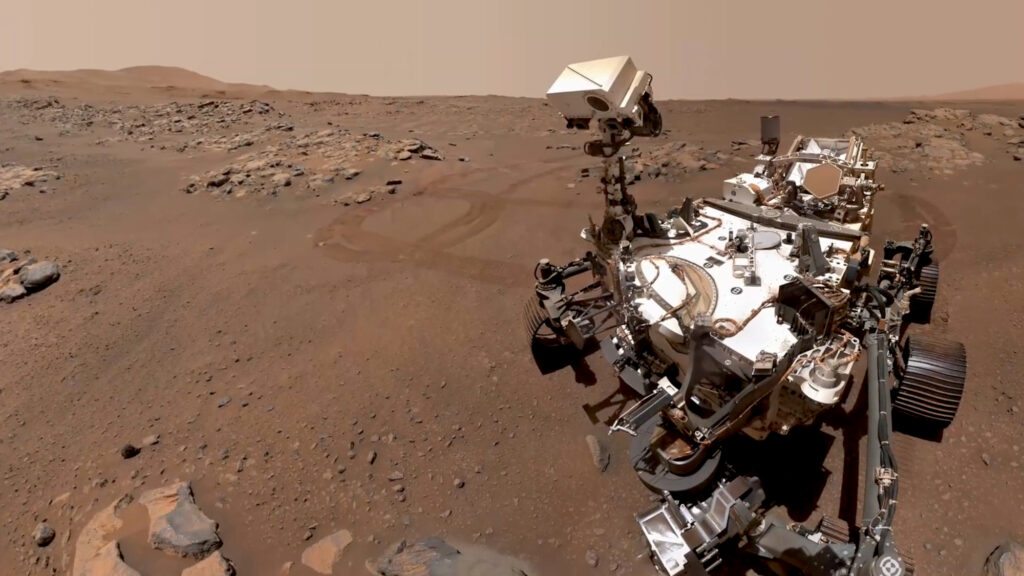
MAVEN was launched in November 2013 and arrived at Mars in September 2014 it has since been monitoring Mars’ upper atmosphere and ionosphere.
Using the InSight lander NASA is also able to measure ‘marsquakes’ and in September the lander record one of the biggest and longest-lasting marsquakes the mission has ever detected.
The constantly changing weather can be very challenging for some of the spacecraft currently operating on Mars.
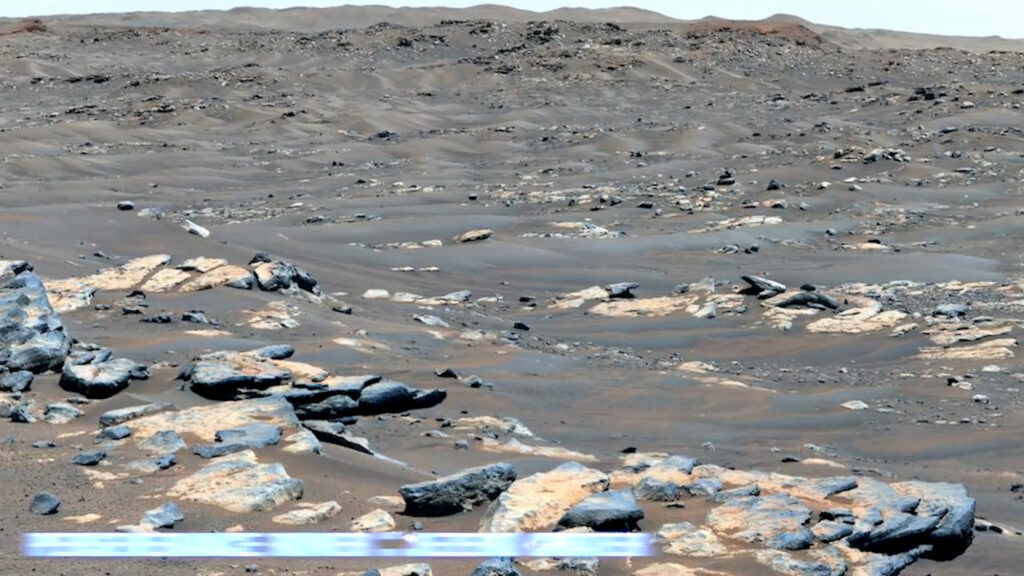
The Ingenuity Mars Helicopter is especially sensitive to weather and as the Martian summer sets in the atmosphere becomes thinner meaning the chopper has had to up its rotor speed from 2,537 rpm to 2,700 rpm.
On 19th April, Ingenuity carried out its maiden flight, becoming the first motorized craft to fly on another planet.
The spindly 1.8-kilogramme (3.15-lb) 19 Inch mini-chopper which cost an estimated USD 85 million (GBP 60.9 million) to build was only intended to carry out five missions during its search for signs of prior life on the red planet but it has now completed 15.
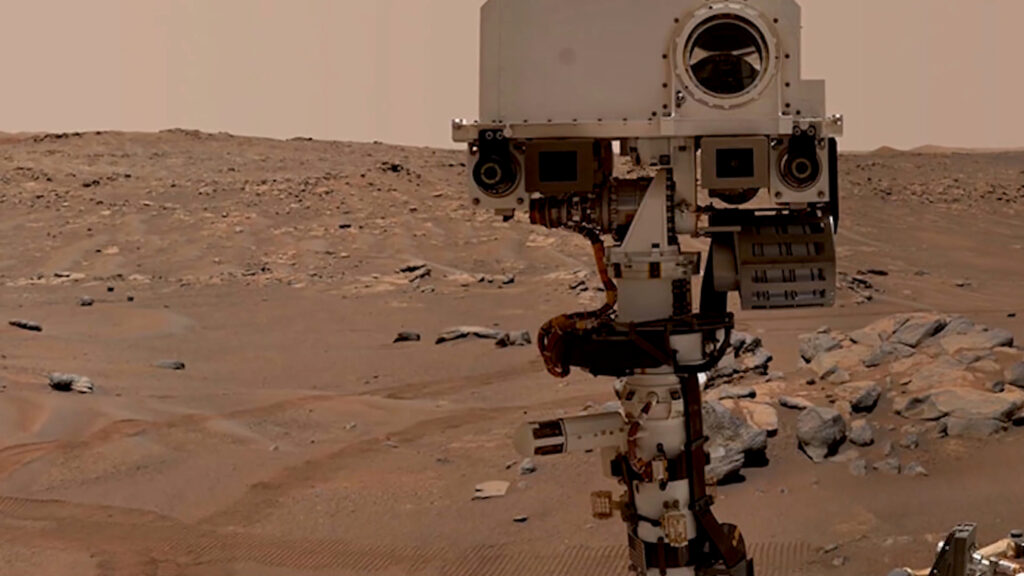
NASA had serious doubts about the efficacy of the project as the air on the surface of Mars is as thin as the air 20 miles (30 kilometres) above earth’s surface. Flying a helicopter in these conditions is hard enough without factoring in the 15-minute-delay.
The chopper comes equipped with a small solar panel that charges its batteries and electric heaters which keep it from freezing during Martian nights which see temperatures drop to as low as minus 130 degrees Fahrenheit (minus 90 degrees Celsius).
The chopper often supports the Mars rover’s mission which is focused on collecting samples from the planet that may help scientists find clues about ancient life on Mars.

